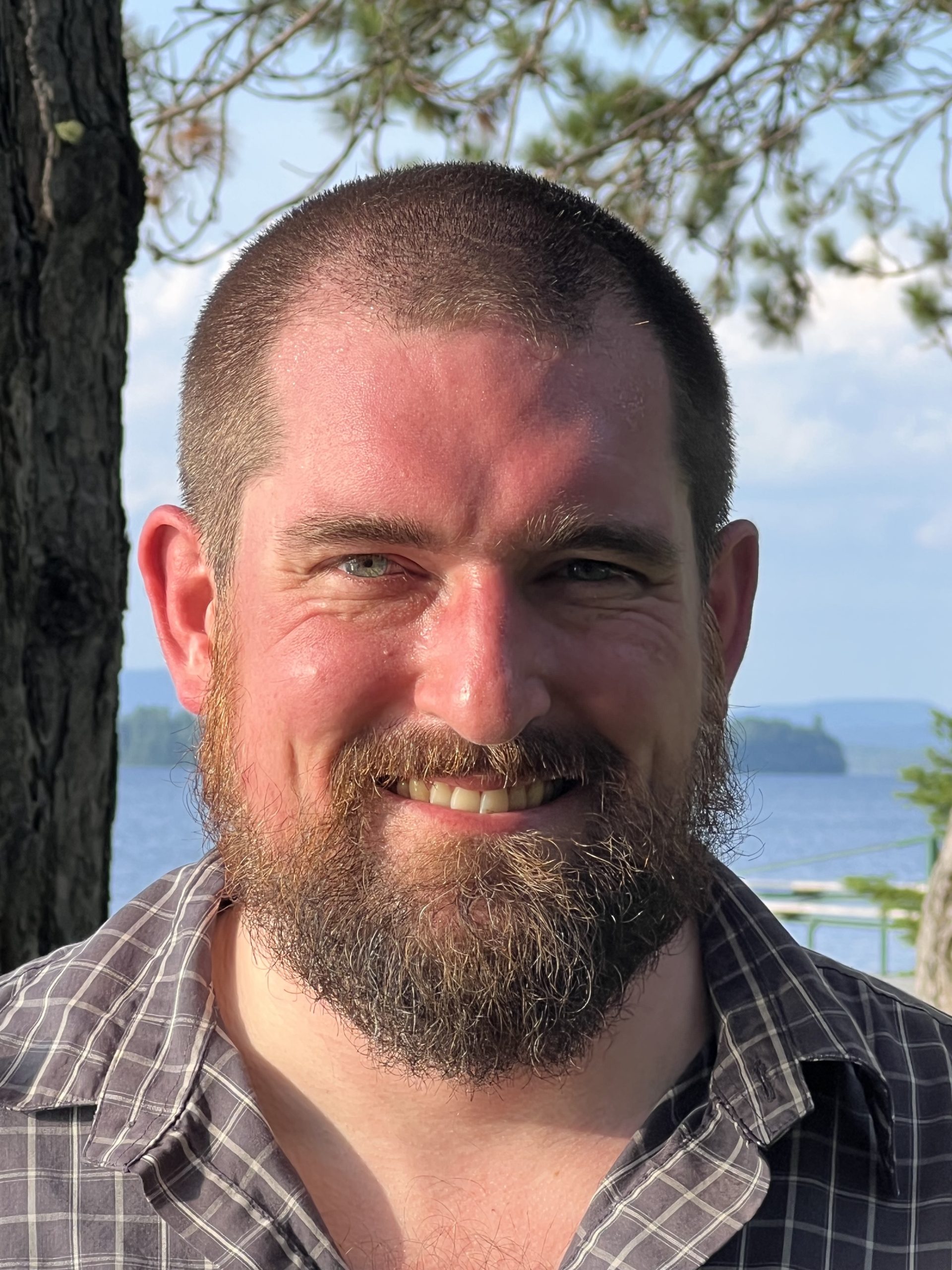Meet Our Team – John Hessler

John is a true Mainer and was born and raised in Downeast Maine. He attended the University of Maine where he obtained his BS in chemical engineering and conducted research in the field of sustainable energy and fuels. Following this John spent time doing research in advanced gas separation membranes at the Georgia Institute of Technology. Shortly after returning to Maine John got involved in one of the largest land-based aquaculture projects as a project manager in engineering, and he hasn´t looked back since. Now working as part of the Katahdin Salmon team, he applies his engineering background, permitting experience, and project planning skills to build a successful RAS project. John is an Excel whiz, and when not working for KSI or with his head plunged deep down into advanced simulation models, John spends his time with his wife and kids in Ellsworth, Maine.
When asked what he thinks it takes for a RAS project to succeed today, John shared his thoughts related to production modeling, project planning, and design.
- An experienced project team — A RAS project doesn’t just happen on its own, you need a team of experienced and motivated individuals to get it successfully off the ground. In Katahdin Salmon, we have a team with strong and diverse backgrounds, which has allowed for early design optimization and also the ability to identify and avoid pitfalls before they trip up the project. Over the last year, we have turned every stone to create a robust plan before we start the detailed design process.
- Develop a solid framework – There are A LOT of different variables and considerations that go into developing a successful RAS project, and keeping track of them is no simple task. Building a structure or model to account for the many inputs and outputs is a crucial early task in a project, as it sets the basis for many of the critical decisions going forward. Our innovative production model developed by the team has allowed us to make critical design decisions early in the project and everything is modeled in simulation models to ensure accuracy. For example, we have a built-in capacity for pre-purge if we need it, the ability to accommodate slower growth and still reach production targets, and also the ability to increase water use in part of the facility if needed to ensure optimal growth and fish welfare.
- Learn the area – It’s not just what your project is, it’s also where you plan to locate it. Knowing the local community, the characteristics of the area, and the regulatory environment are very important first steps in project planning. In permitting especially, being able to estimate the multitude of required criteria accurately is critical. Our team has extensive permitting experience and this time around, we obtained the most critical permits in record time without any delays or opposition.
- Water– access to enough cold and clean water to operate sustainably with flexibility. The tide in the industry has been turning between no discharge, setting the fish welfare at risk, to hybrid and flow-through systems, increasing the environmental impact and biosecurity risks. As with all other proposed facilities in the US, we recirculate close to 100% of the water but we have enough backup water to ensure optimal growth and fish welfare. It is all about biosecurity and water treatment, and we have applied the highest water treatment standards in the industry for both the intake and discharge water. On the intake, we plan to treat the water using a combination of membrane ultrafiltration, ozonation, UV disinfection, and activated carbon to provide a constant source of clean, consistent freshwater. The on-site wastewater treatment facility also features a robust treatment train, including dissolved air floatation, denitrification, membrane ultrafiltration, ozone, and finally UV disinfection. This high level of discharge treatment ensures the water leaving the facility is safe to return to the environment.
